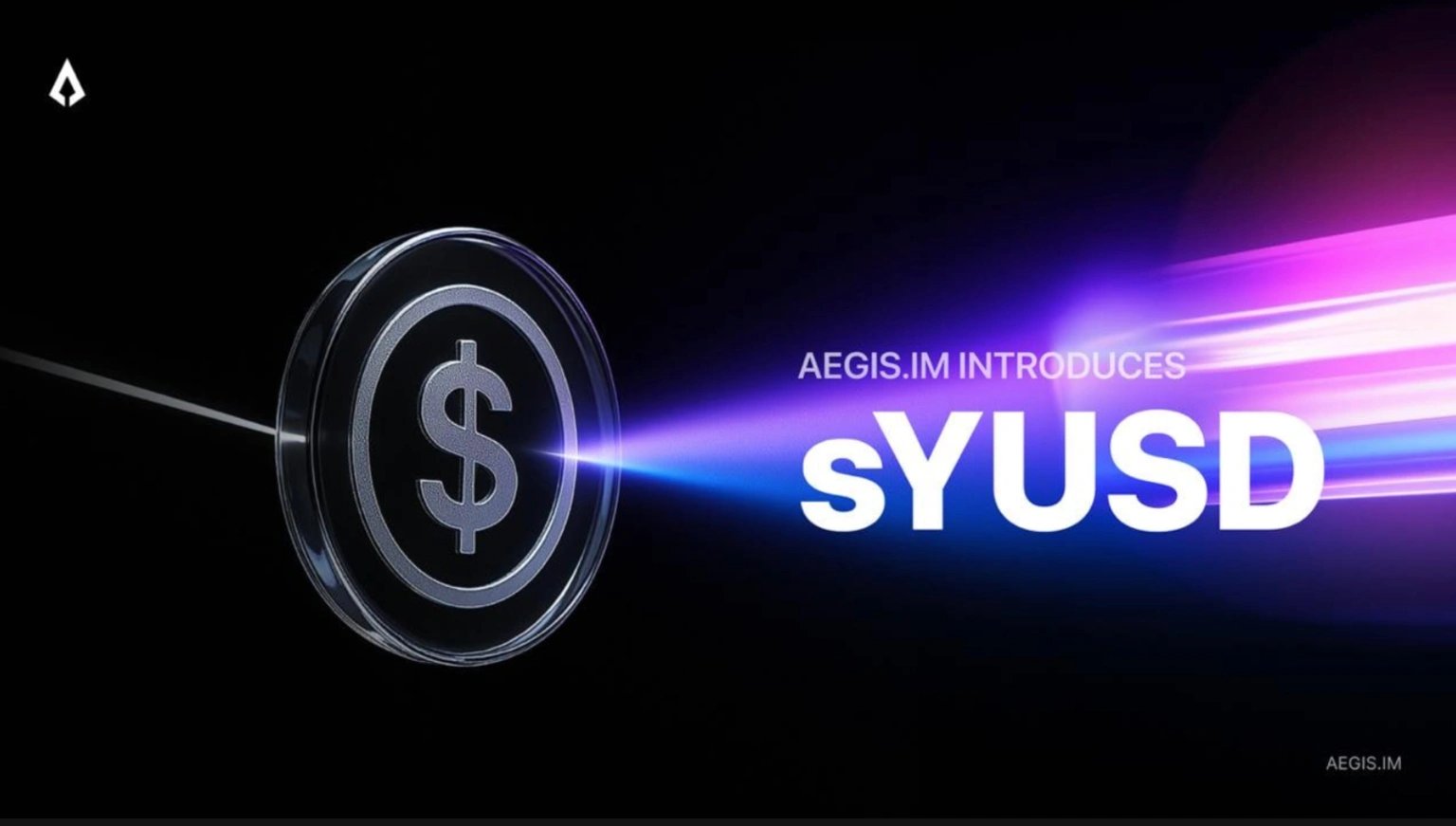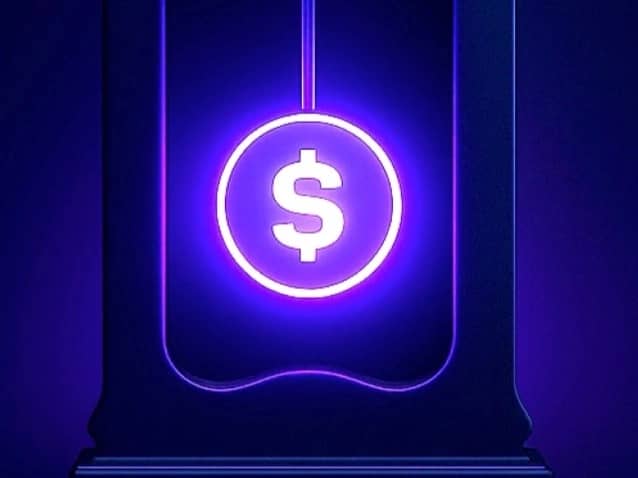Subscribe to wiki
Share wiki
Bookmark
Staked YUSD
Staked YUSD
Staked YUSD (sYUSD) is the yield-bearing, staked version of the YUSD stablecoin within the Aegis protocol ecosystem. It serves as a receipt token representing a user's proportional share of the protocol's yield-generating staking pool. The value of sYUSD is designed to increase over time relative to YUSD, as it automatically accrues and compounds profits generated from the protocol's underlying delta-neutral Bitcoin strategy. [1] [2]
Overview
Staked YUSD (sYUSD) provides a mechanism for YUSD holders to earn passive yield. By depositing YUSD into the Aegis staking contract, users receive an equivalent amount of sYUSD. This new token represents their share of the total assets held within the staking pool. As the protocol's yield-generation strategy produces profits, these returns are channeled directly into the staking pool, increasing its total value. Consequently, the value of each sYUSD token appreciates relative to YUSD, meaning that over time, one sYUSD token can be redeemed for more than one YUSD token. The primary distinction between holding YUSD and sYUSD lies in how yield is handled. While YUSD holders must manually claim rewards weekly, sYUSD offers auto-compounding. The yield is automatically reinvested into the pool, which enhances returns for sYUSD holders without requiring any further action. This design simplifies the process of earning yield from the Aegis protocol's complex trading strategy, packaging it into a single, transferable DeFi asset.
The underlying asset, YUSD, is a stablecoin pegged to the U.S. dollar at 1:1. Its stability is derived from being backed by Bitcoin (BTC) as collateral, with the protocol simultaneously hedging against BTC's price volatility. The entire Aegis protocol, including YUSD and sYUSD, is governed by a Decentralized Autonomous Organization (DAO). [1]

Yield Generation Strategy
Delta-Neutral Bitcoin Strategy
The foundation of the yield generation is a delta-neutral trading strategy involving Bitcoin. This approach is structured to insulate the protocol's collateral from the price volatility of Bitcoin. The protocol achieves this by holding a portfolio where the delta—a measure of an asset's price sensitivity to changes in the underlying asset's price—is maintained at or near zero. To implement this, the protocol backs the YUSD stablecoin with Bitcoin held as collateral. Simultaneously, it hedges this exposure by opening short positions in Bitcoin-margined perpetual futures contracts equivalent to the value of the collateral. By balancing the long spot BTC position with an opposing short futures position, the net value of the portfolio remains stable regardless of whether the price of Bitcoin rises or falls. The same audited risk profile applies to both YUSD and the sYUSD which is derived from it. [1] [3]
Funding Rate Arbitrage
The primary source of profit for the protocol, and thus the yield for sYUSD, is funding rate arbitrage. Funding rates are periodic payments exchanged between traders holding long and short positions in perpetual futures contracts. These payments are a market mechanism that keeps the perpetual contract's price tethered to the underlying asset's spot price. When the perpetual contract price is higher than the spot price (a state known as contango), the funding rate is typically positive, meaning traders with long positions pay traders with short positions. Conversely, when the contract price is lower than the spot price (backwardation), the funding rate is negative, and shorts pay longs. The Aegis protocol's software is designed to systematically take positions—in this case, short positions as part of its hedge—that are positioned to collect these funding fee payments as profit. [1]
Auto-Compounding Mechanism
Unlike holding the base YUSD token, which requires users to manually claim their share of the protocol's profits, holding sYUSD automates this process. All profits from the funding rate arbitrage strategy are automatically returned to the sYUSD staking pool. This continuous reinvestment increases the total value of the assets locked in the pool. As a result, the exchange rate between sYUSD and YUSD increases, effectively compounding the returns for sYUSD holders without any need for manual transactions. This process makes sYUSD a more gas-efficient and passive vehicle for earning yield from the Aegis protocol. [1] [3]
Features
sYUSD functions as a straightforward yield-bearing token that consolidates the Aegis strategy into a single asset while remaining compatible across DeFi. It accrues returns automatically, allowing holders to benefit from the protocol’s delta-neutral design without active management. Its ERC-20 structure makes it easy to transfer, trade, or use as collateral, and its ERC-4626 implementation supports composability with other onchain systems. The token’s design also reduces gas usage through automated compounding and optional gasless approvals, offering a more efficient way to maintain a yield-generating position. [1] [3]
Aegis Points
Holding sYUSD makes users eligible to earn Aegis Points. While the specific utility or redemption value of these points is not detailed in the provided sources, they serve as an additional incentive mechanism within the Aegis ecosystem, potentially for future rewards or governance influence. [3]
See something wrong?
